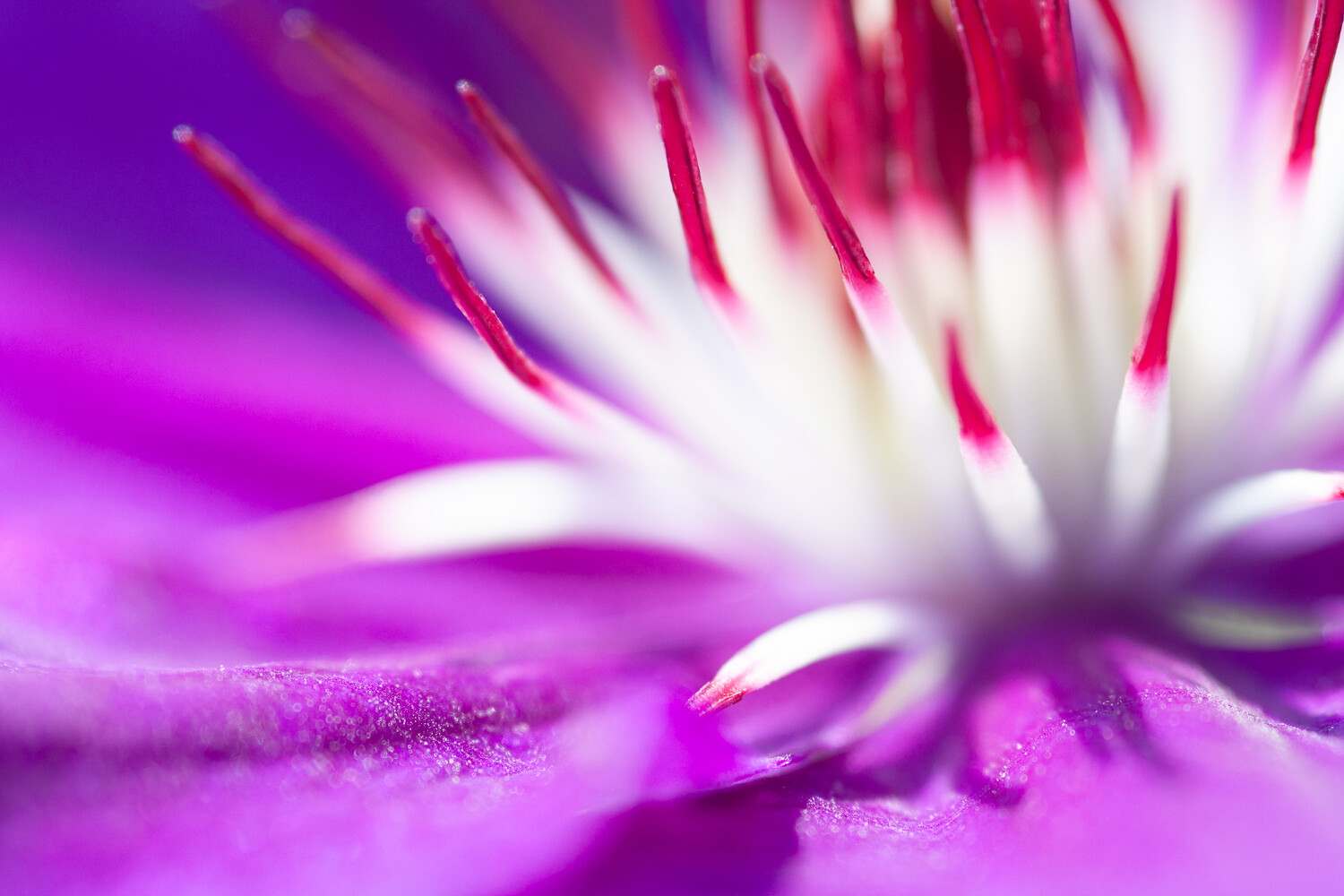There’s nothing that I’ve seen so far that compares to the ethereal and mystical beauty of capturing long exposure and photographing fog. There’s something so compelling about the soft silky texture that results from it. So much so, that photographers all over the world are constantly chasing it.

In fact, where I live in the Bay Area, we call these people “fog-chasers,” and they spend their days in popular local spots waiting for it to make an appearance just so that they capture this mystical geological phenomenon. The fog can create mystique and drama. It can add mood, be a soft blanket over a scene, a floor, or a wall. It can take many forms in shapes and create some very compelling photographs.
The main challenges in capturing these fog shots are:
- Focus issues for getting a sharp image.
- Preventing camera shake.
- Preparing for the shot.

Tip 1 – Finding the fog
This is the most challenging aspect of doing this type of shot since as a photographer you, unfortunately, have no control over the weather. So, what I do is scour the web for weather sites that can provide me with the information I need.
I also check out the weather on the local news religiously as well as follow weathermen on Twitter and Facebook. Once the word is out that fog is on its way, webcams are the best way to monitor it on the day you want to shoot. You can see what the fog looks like and if it’ll be cooperative for the type of shot you have in mind.

Tip 2 – Composition
Fog, in general, has a way of turning an ordinary scene into something spectacular. For fog waves, wide landscapes with forest treetops make an interesting subject. So do iconic structures or monuments.

Here in San Francisco, the Golden Gate Bridge is a local favorite. At certain times during the year, the fog gets so low that it flows beneath the arches. It serves as the perfect opportunity to cream a soft blanket from these types of long exposures.
Another local favorite is Mount Tamalpais, which consists of long ranges of hills adorned with redwood trees. The way the fog flows over the treetops creates these spectacular waves as it flows through the peak’s ridges.

Tip 3 – Use an ND Filter
Neutral Density filters are an absolute necessity for smoothing out fog and making it appear almost silk-like. The time of day will dictate the density of the filter needed. If it’s bright daylight out you’ll need something quite dark while if you’re shooting at twilight you’ll need something lighter or you may not need a filter at all.
When using an ND filter, make sure to first set up your shot using autofocus, without the filter. Then set the camera to manual focus and add the filter. This way you’ll assure the proper focus for your shot. Alternatively, you can also use back button focus.

Most of the time if the filter is too dark the camera will not be able to focus on a specific focal point. Also, because fog is a moving entity and puts a veil on any element in your composition the camera’s autofocus will most likely fail. Fear not and simply find something in the frame that’s sharp enough to focus on, then lock focus on that spot.
Tip 4 – Experiment with shutter speed
There are two types of fog shots that be taken from the techniques above that will produce different results based on your shutter speed.

A shorter shutter speed will give the fog more texture while a longer exposure will make it look silkier and smoother. You’ll need to experiment to see what looks better to you. Sometimes keeping the shutter open too long will result in the fog looking too messy and it could lose its lines and consistency.
Conclusion
Hopefully, these tips are helpful and will inspire you to get out there and experiment photography fog. The most difficult aspect of this type of photography is first finding it, then capturing it in a way that’ll showcase it as well as the scene it should be complementing.

In order to achieve this ND filters will help you soften the fog flow and turn it into waves. After that experimenting with shutter speeds will create various results.
In the end, it’s your aesthetic as the photographer that will dictate what is most pleasing to you. I hope that the photos that I’ve captured from the years of shooting the fog will inspire and get you on your way to becoming a fog chaser too!

The post 4 Tips for Photographing Fog to Create Mystical Images appeared first on Digital Photography School.
from Digital Photography School https://ift.tt/2LHWXs6
via IFTTT





















































